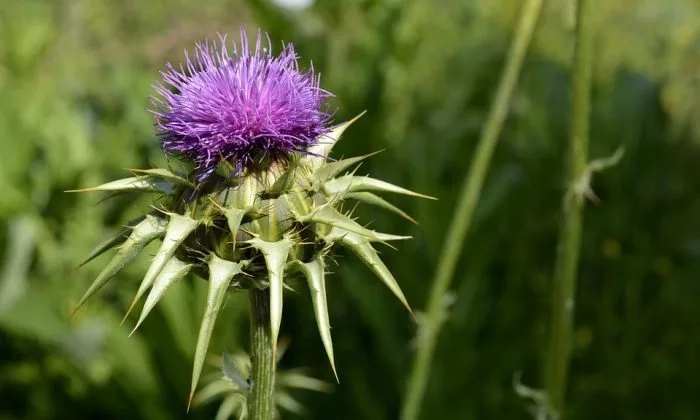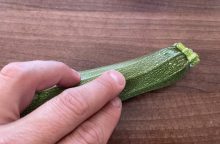Milk thistle – weeds but also a medicinal herb

Milk thistle (Silybum marianum) is a rather interesting plant. It is valued for its medicinal properties, but it is also considered highly invasive and therefore weeds. It contains a chemical called silymarin, which is known to improve liver health, and that is why the plant is sometimes called a “liver tonic”. But this is not the only health benefit it offers
Why there is the word marianum?
The plant’s name is associated with the Virgin Mary. The story goes that when Virgin Mary was nursing Jesus Christ while fleeing to Egypt, her milk dripped on the plant and created white spots on its leaves. The first word in the name Silibum comes from the Greek word sillybon or silybos. It means a tassel because the flower looks just like a tassel.
Healthy effects of milk thistle
As we mentioned above, milk thistle is used as a remedy for a poorly functioning liver due to various diseases or due to excessive alcohol use. In addition, it also prevents oxidative damage to the brain, which means that it prevents premature ageing of the brain (and thus prevents Alzheimer’s or Parkinson’s disease). Milk thistle stimulates mineralization of bones and makes them stronger. Our ancestors gave this herb to breast-feeding women to support production of milk.
Thistle in the kitchen
Young leaves of this plant are often used in world cuisine recipes. For example, in France, milk thistle is a famous delicacy. Both leaves and flowers are eaten as a vegetable in salads or as a substitute for spinach. Seeds of this plant are roasted and used as a coffee substitute. Interesting, isn’t it? Ground seeds are used as a spice in salads, but also in smoothies, soups, or tea. As you can see milk thistle is an excellent herbal plant.

Gardening is my hobby, I have a lot of experience and I am happy to share it.








0 comments